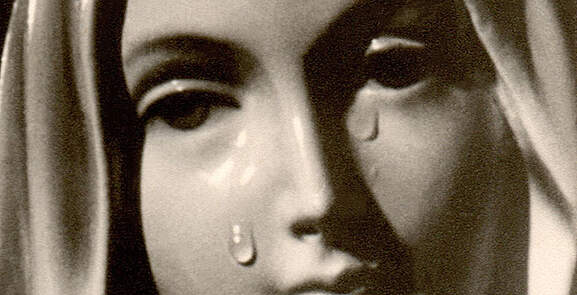
Mary’s tears signal the presence of the Mother—they reveal the face of Mary as the Mother of humanity. Although she is blessed in heaven, faithful to her duty that she received at the foot of the cross (John 19: 26-27), Mary does not remain insensitive, but she participates in her entirety, body and soul, in the history of her children (Pius XII). Tears are, indeed, the language of the body when there are no more words.
The Virgin Mary, as in her other unique historical apparitions (La Salette in 1846, Lourdes in 1858, and Fatima in 1917), has invited her children to live the Gospels; she invited them to prayer and conversion; and she continues to repeat: Do whatever he tells you (John 2:5), but she does so using a more eloquent and universal language—the language of tears. Therefore, her tears testify to the presence of the Mother in the Church and in the world (Saint John Paul II).
The tears of Mary reveal the sadness of the heart of God who is not loved: These are tears of sorrow for all those who refuse God’s love (Saint John Paul II).
Tears are the sign that reflects the tears of humanity: Mary is a creature like us, she is part of our humanity. She is the image and spokesperson of all those who cry. Mary can say, with the Apostle Paul: Rejoice with those who rejoice; cry with those who cry (Romans 12:15). The Madonna of Tears symbolizes all the tears of the innocents who have no one to console them (Cardinal Joseph Ratzinger).